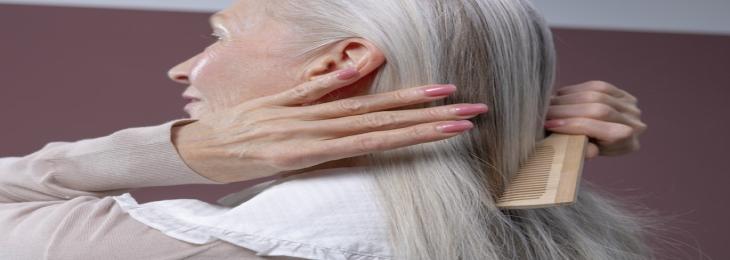
Studies on mice revealed an adult stem cell malfunction that sheds light on why we develop into silver foxes and vixens.
Changes in the ability of cells to divide, heart output, and renal function are just a few of the slow, subtle, and invisible indicators of aging. Perhaps one of the most evident signs that the body isn't functioning as it once did is gray hair. As melanin-generating stem cells quit making melanin adequately, our hair begins to gray. A new study in mice that has human implications was released on Wednesday in the journal Nature. It gives a better understanding of the cellular malfunctions that make us act like vixens and silver foxes.
Adult stem cells follow a more predetermined course of development than embryonic stem cells, which give rise to a variety of different organs. The color in our hair is created and maintained by the melanocyte stem cells found in our hair follicles. Immature melanocyte stem cells are stored in each hair follicle. These cells move between regions of the follicle as needed, where proteins encourage them to develop into pigment-producing cells that give hair its color.
The damage caused by hair loss and regrowth takes a toll on the follicle, and finally the stem cells ceased traveling and, as a result, stopped receiving signals from proteins to produce pigment. The new hair growth stopped receiving its melanin dosage after that. By removing hairs from mice to simulate a quicker hair growth cycle, the researchers investigated this effect in more detail. Due to this "forced aging," melanocyte stem cells accumulated and became locked in their storage location, where they could no longer produce melanin. The mice's fur changed from being a deep brown to a salt-and-pepper color.
Even though the study was done on rodents, the researchers claim that the conclusions should apply to how human hair acquires and loses its color. Additionally, they believe that their discoveries might be a start toward stopping or reversing the graying process.






